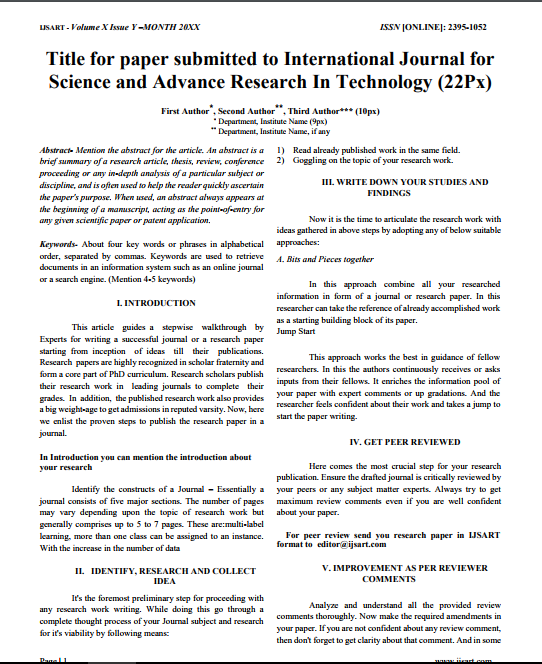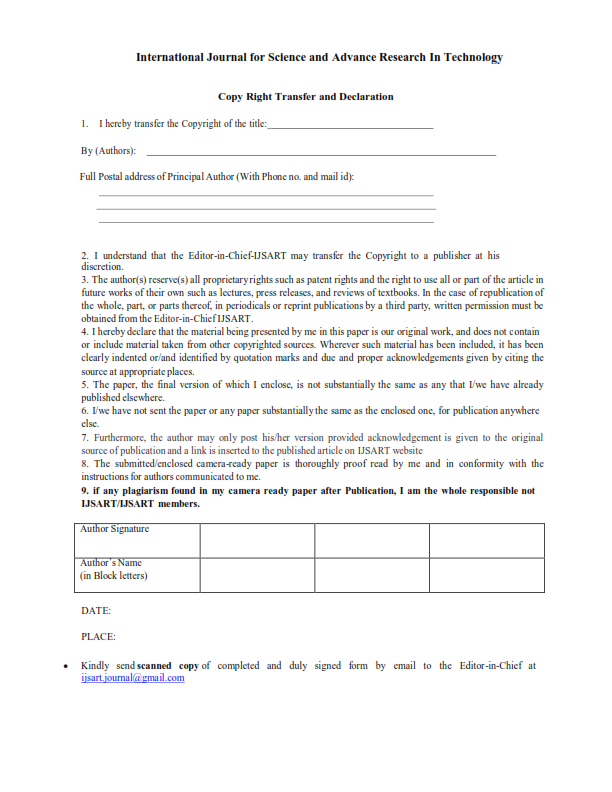Impact Factor
7.883
Call For Paper
Volume: 11 Issue 05 May 2025
LICENSE
Experimental Study On Tensile Test And Three Point Bending Test Of Jute Fiber Composite At Different Ply Orientations
-
Author(s):
Mr. Sagar S. Chavan | Prof. D. P. Kamble
-
Keywords:
Jute Fiber Woven Mat (JWM), EPOXY Resin And EPOXY Hardener, Hand Lay-up Method, Experimental Setup, Conclusion.
-
Abstract:
In The Field Of Composites Various Types Of Synthetic And Natural Fibers Used As Reinforcement Purpose, But The Synthetic Fiber Are Non-biodegradable And Non-recyclable Material. In Recent Days As Per Environmental Concern, Biodegradable And Renewable Mat
Other Details
-
Paper id:
IJSARTV3I917348
-
Published in:
Volume: 3 Issue: 9 September 2017
-
Publication Date:
2017-09-01
Download Article


